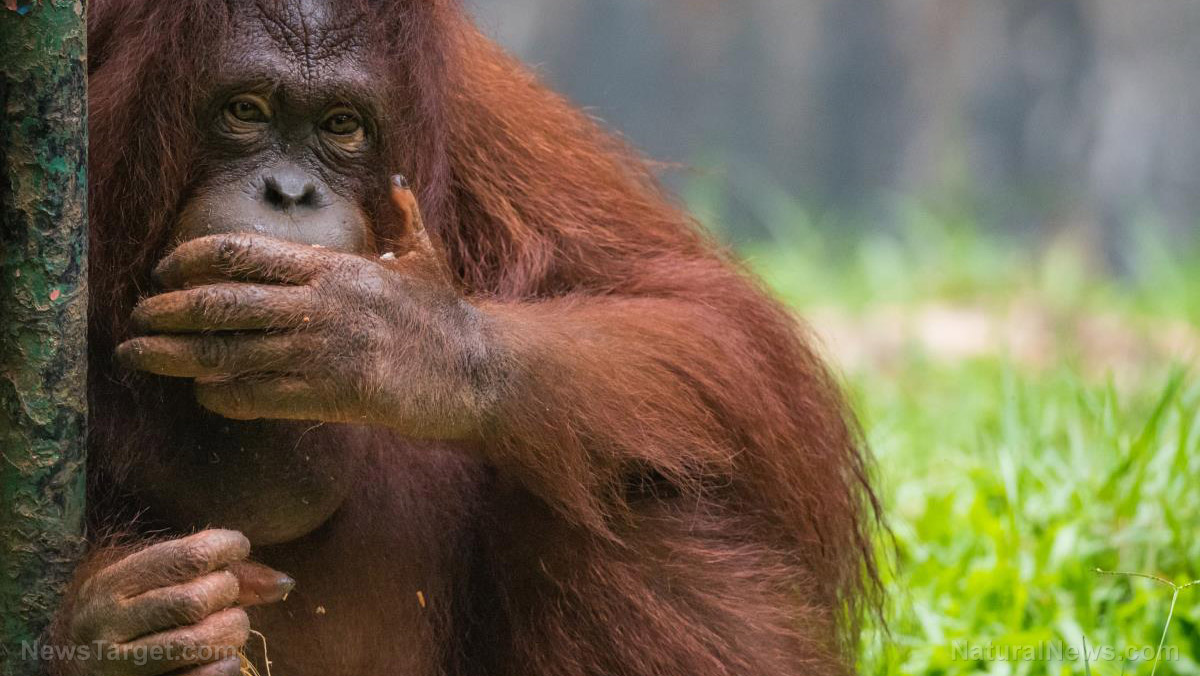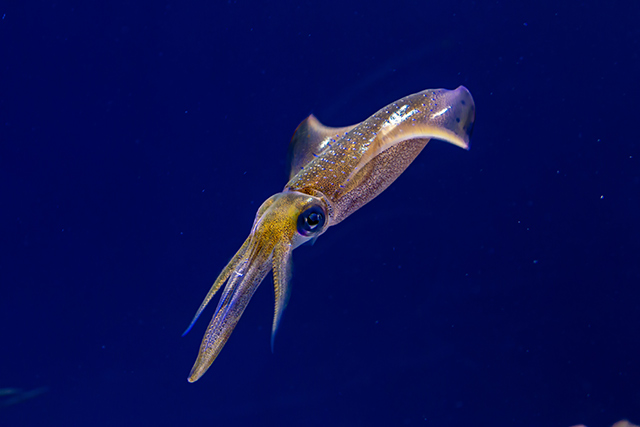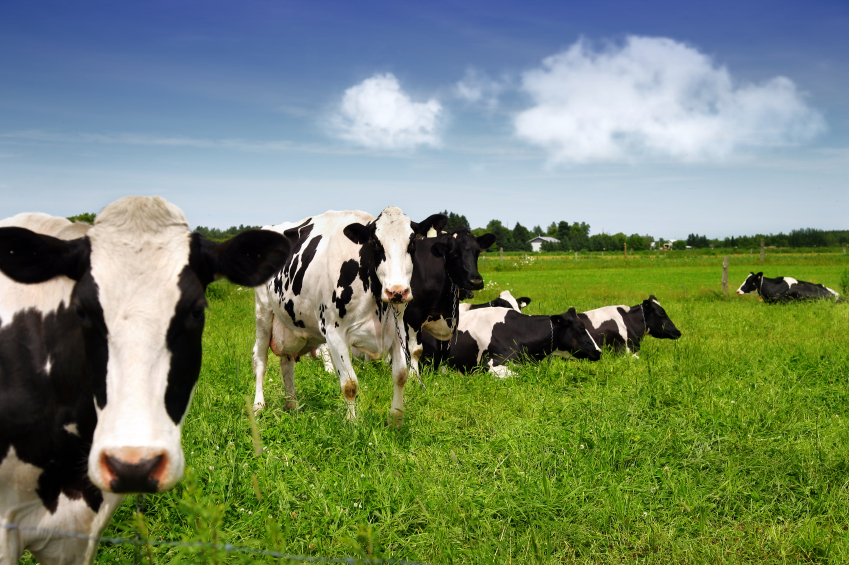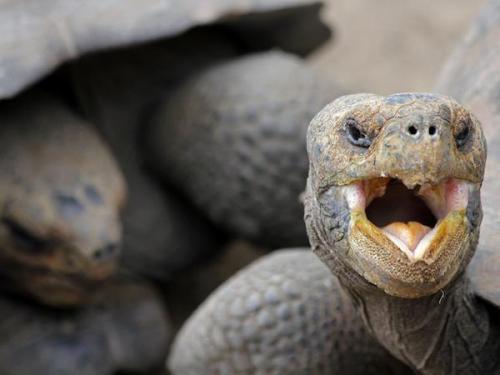
Orangutans have been observed in the wild creating their own ointment and using it to treat aching limbs in what is believed to be the first time humans have witnessed animals self-treating with anti-inflammatory agents.
In the study, more than 20,000 hours of animals in the wild were filmed by the Borneo Nature Foundation. Apes were seen in the clips making their own herbal medicines and using them in Indonesian Borneo’s Sabangau Forest, which is situated in Central Kalimantan.
The amazed scientists watched as apes chewed leaves into a lather and then methodically rubbed it onto their legs and upper arms for as long as 45 minutes at a time. They were seen spitting the leftover pulp out rather than swallowing it, which indicates that they are not eating this plant and are likely only chewing it for the express purpose of obtaining the healing juices. This is further supported by the fact that the plant’s leaves are known to be extremely bitter.
Moreover, after studying 50 orangutans, five of the seven apes who were seen doing this were mothers who had been carrying infants, which likely strained their arms in ways that prompted them to find relief.
The researchers tested the plants and discovered that the one being used by the apes was Dracaena cantleyi, which is indeed known among locals as helping with limb aches. Interestingly, some ethno-medicine studies have indicated that certain indigenous communities might glean some of their medicinal plant knowledge by observing the behavior of sick animals, so it’s possible the locals here first got the idea by observing the apes many years ago. When the apes chew the leaves up, it releases saponins, which form the lather that the apes then apply to themselves.
Chemical analysis has shown that the leaves of these plants do possess anti-inflammatory properties, inhibiting the production of inflammatory cytokines that can cause discomfort in muscles and joints. Their findings were published in Nature.
Chimps, gorillas, and bonobos have been seen swallowing certain bitter plant juices in the past to address parasite infections, but making their own ointments takes these self-medicating skills to new levels.
Self-medication surprisingly common among animals
According to the Proceedings of the National Academy of Sciences of the United States of America, lots of animals self-medicate. While the intelligence of apes is well-documented, even creatures with pinhead-sized brains know to consume specific plants when they are unwell.
For example, some lizards have been known to eat a certain root to counter venom when bitten by venomous snakes. Macaws and other animals eat clay to help their digestion and kill bacteria, while female woolly spider monkeys have been observed adding plants to their diet in Brazil to change their fertility levels.
On the smaller end of the scale, fruit flies will lay their eggs in plants with high levels of ethanol when parasitoid wasps are around in order to protect their offspring. Ants, meanwhile, have been known to seek out certain substances that are normally harmful to them when they are exposed to a deadly fungus to increase their chances of survival. They even seemed to know which dosage was safe in studies.
We can all learn a thing or two by following the example of animals in the wild. Time and time again, scientific and anecdotal evidence alike has illustrated the tremendous healing power of the plants that nature has given us.
Sources include:
Please contact us for more information.























